There might come a time when you will need to reset the transmission in your vehicle. Thankfully, resetting the transmission control module isn't a complicated process in most cases and is one that almost any person can do. If you are wondering if disconnecting the battery will accomplish this, we can answer that question for you. We researched the process in depth so that you'll know for sure what to do.
Disconnecting the battery alone will not reset the transmission on most model vehicles. After you disconnect the battery, you will need to follow a few other steps to reset the transmission.
Now that we know that you can reset the transmission by disconnecting the battery, we'll take an in-depth look at the steps you'll need to take. You might also be wondering if disconnecting the car's battery resets everything or if the battery affects the transmission. For the answers to these questions and more, read ahead in this post to see what our research has uncovered.
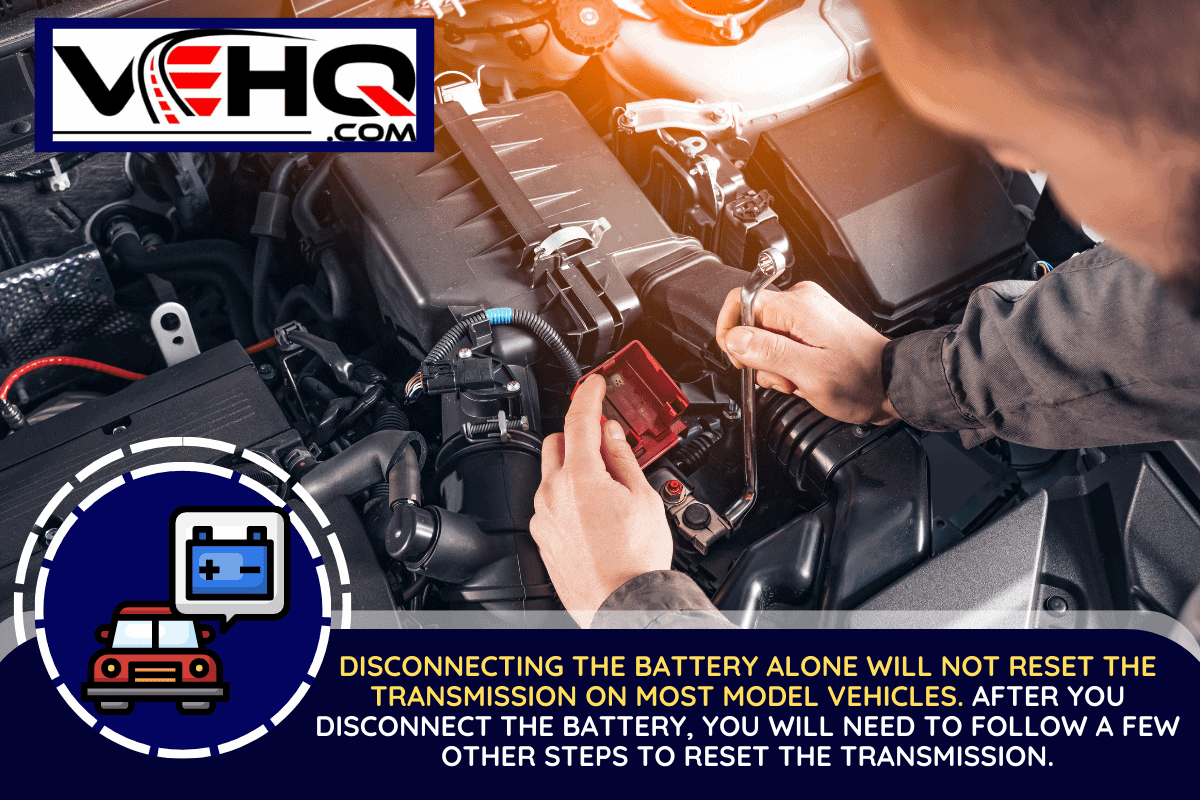
A Step-By-Step Guide To Resetting Your Transmission
If you need to reset your vehicle's transmission, you can follow the steps below to make sure that the process goes seamlessly. If you have any doubt about your ability, don't attempt it on your own. Enlist the help of an experienced mechanic for the task, or take your vehicle to the dealership.
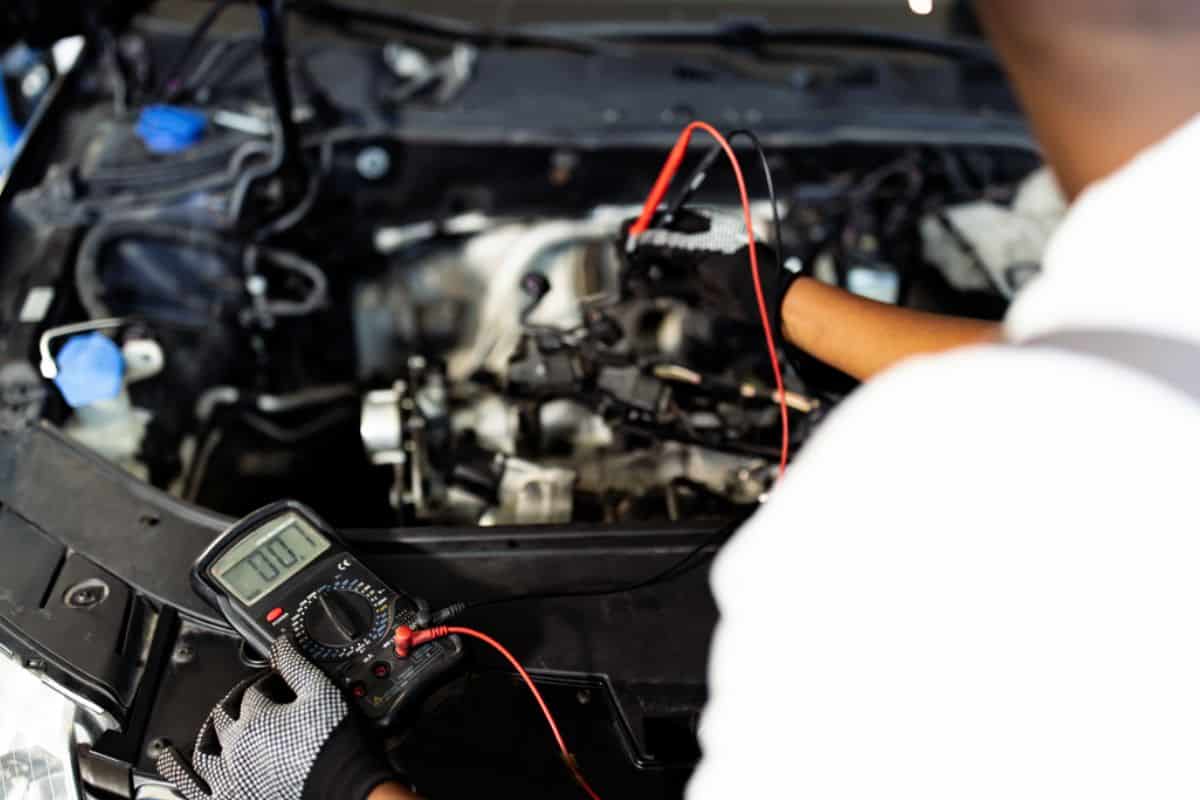
This process involves the battery of your vehicle. This means that there is a risk of electric shock if the steps are not done correctly. Be safe and thorough, but don't attempt this if you are not comfortable doing so.
1. Disconnect The Negative Battery Terminal
The first step is to locate the negative battery terminal. This is also known as the ground. As you will be working near your vehicle's computer, the disconnection is vital to avoid getting shocked.
2. Disconnect The Positive Battery Terminal
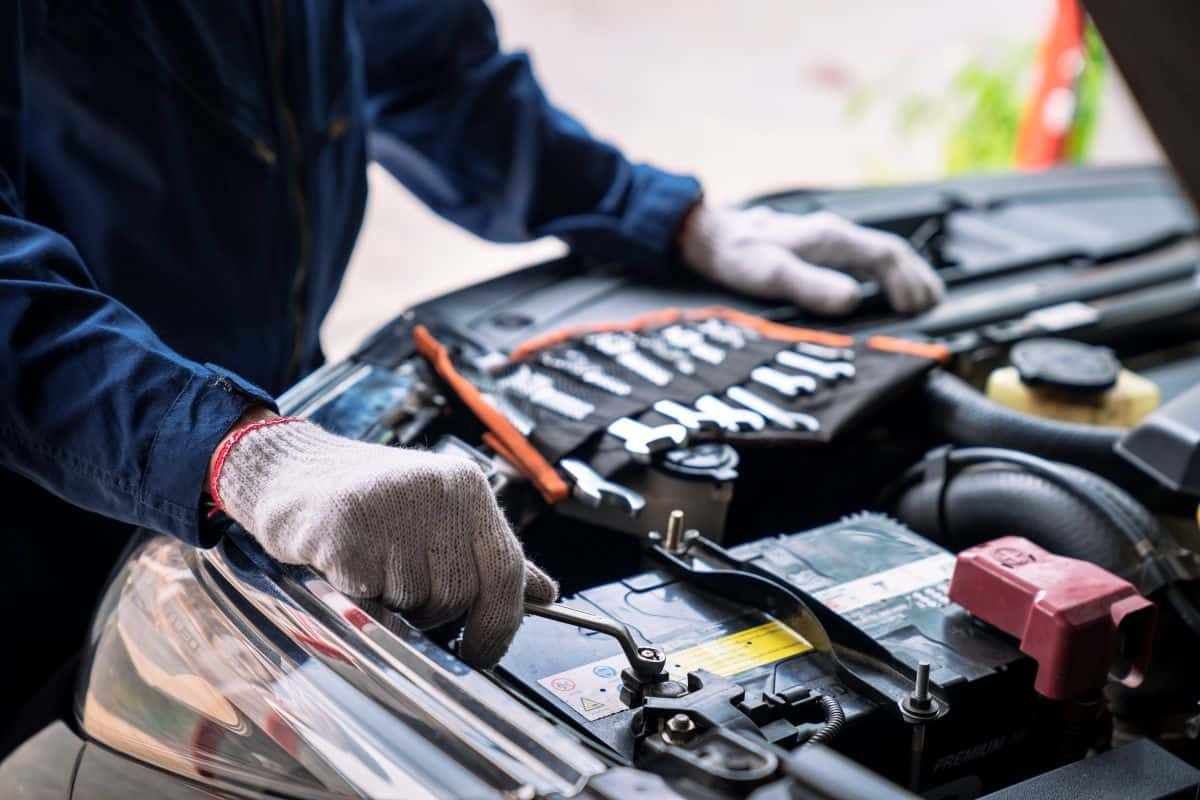
Next, locate the positive battery terminal. This is on the opposite side of the battery from the negative terminal.
Once both terminals have been disconnected, it is safe to proceed with the other steps. There is no need to remove the battery.
It's recommended that the battery stay disconnected for at least 20 minutes before you move on. This will give plenty of time for any electrical current stored in the transmission control module to drain away.
3. Locate The Transmission Control Module
Now you will need to locate the transmission control module. This could be in several places. Depending on the model vehicle you drive, it might be behind your glove compartment or under one of the front seats.
Once this is found, you will need to pull it from its location. Most of the time, it will need to be unplugged to proceed. Check with your owner's manual to see if this is necessary, as it will vary from model to model.
4. Locate The Grey Wire
The transmission control module will have a harness connector. On this part is a grey wire which has a black and white stripe on it. The job of the harness connector is to relay information to the transmission and let it know if it can enter its "safe mode" when you put the transmission into neutral or park.
5. Connect A Multimeter To The Wire
Once the transmission control module has been unplugged and the grey wire located, it's time to bring in your multimeter. Connect this device to the grey wire. Ground it.
Now, put your vehicle in park (if you have an automatic) or neutral (if your vehicle is a manual). If the reading on the multimeter is under 11, then your transmission can enter its fail-safe mode.
Click here to see this multimeter on Amazon.
6. Connect Your Battery Cables
Reconnect your battery cables. Do this in the reverse order that you disconnected them. Place the positive cable on its post first, followed by the negative. Start your engine. Let your vehicle run for 30 seconds. Then shut it off.
7. Disconnect The Cables Again
Disconnect the battery cables again—negative first, then positive. Then, disconnect the multimeter and replace the transmission control module. If you had to unplug it, plug it back in. Make sure the part is secured in place before you move on.
8. Connect Your Battery Cables Again
Reconnect your batteries for the final time. Start your engine. This will reset your transmission control module.
Keep in mind that some vehicles cannot have their transmission control modules reset in this fashion. If you are unsure if this method will work on your model, consult with your owner's manual or with your dealership.
Does Disconnecting The Car's Battery Reset Everything?
What gets reset from a battery disconnect will depend on how old your vehicle is. On older models, the battery powers a lot fewer features. Taking the power away will reset the clock and also any radio presets you programmed.
On newer vehicles, the battery powers a lot more. You might notice that a disruption in its power will still reset your clock, but the other components are largely left unaffected.
Does The Battery Affect The Transmission?
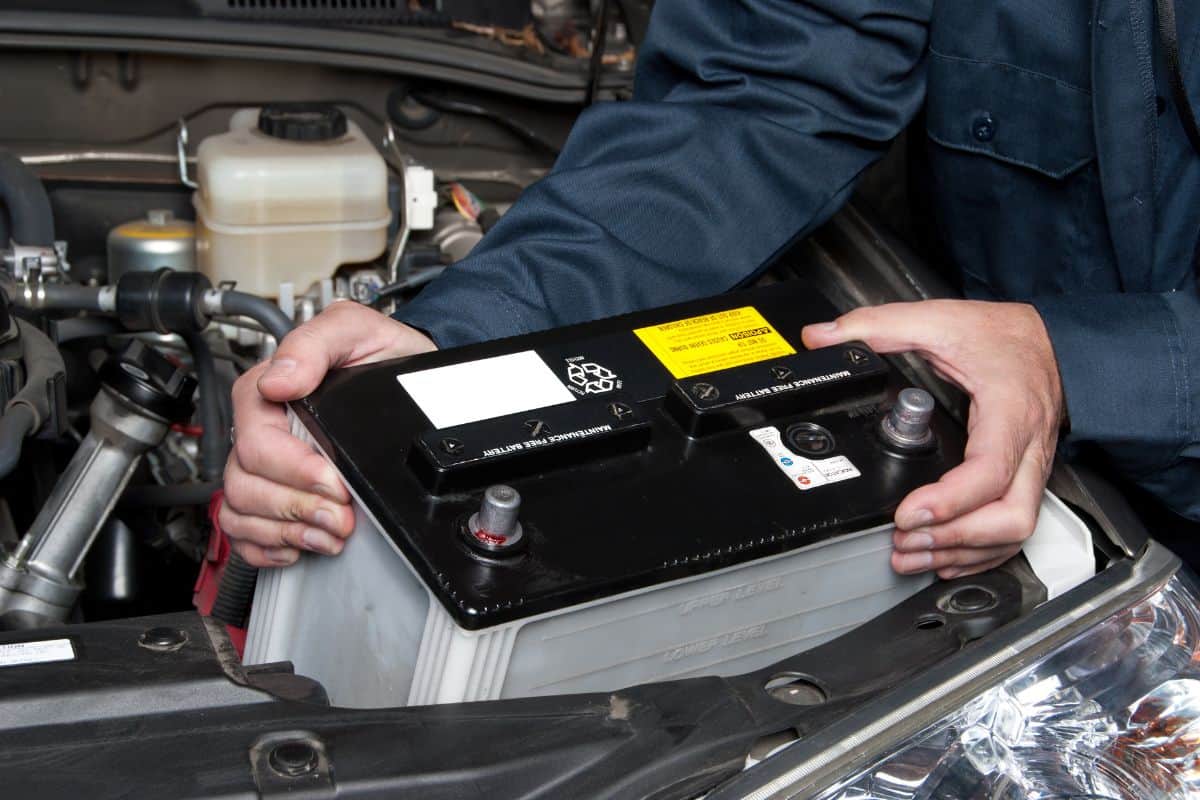
There is a relationship between the vehicle's battery and the transmission. The transmission has electrical components that rely on the power that the battery supplies.
A dead battery will keep many of the vehicle's parts from functioning. But a battery that is weak or has corroded terminals will impact the transmission as well.
Though the battery is not directly connected to the transmission, the transmission still needs the juice from the battery to work. If the battery is weak from age or has its flow of electricity impacted by corrosion, it can keep the transmission from shifting properly.
Have your battery routinely inspected so that the terminals are kept free of corrosion. This will allow you to start your engine quickly and seamlessly and will make the other parts dependent on its power perform at their optimum levels.
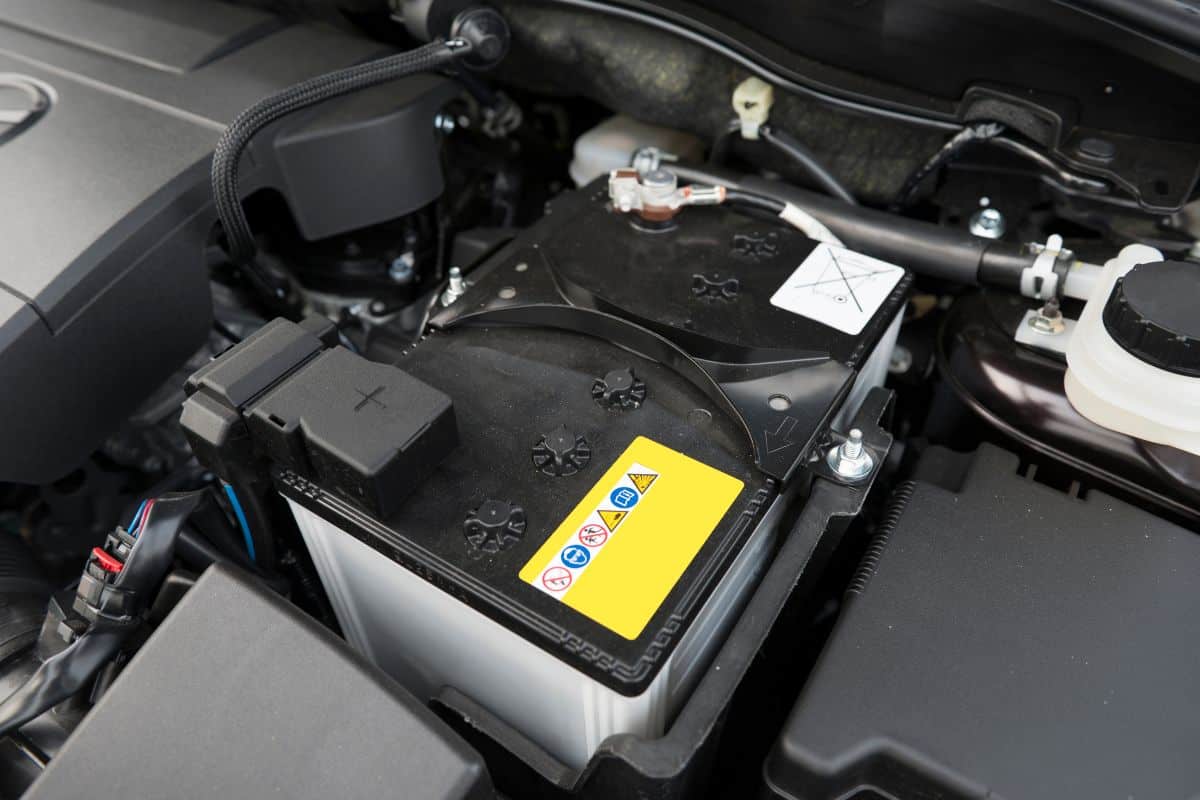
How Long Does A Transmission Last?
If you've ever received a quote for a new transmission, you know that they can come with quite a hefty price tag. Depending on the model vehicle, a new one can cost upwards of $4,000. Rebuilt ones can be had for considerably less but will still run over $1,000 in most cases.
With that in mind, you might be wondering how long a transmission is built to last. In theory, it should last as long as the engine. Some transmissions are still shifting gears after 300,000 miles of service, making them one of the more reliable parts of a vehicle.
To make the transmission last this long, you'll need to ensure that it gets proper care. Your owner's manual will include every maintenance item that needs to be checked off as well as what mileage/time intervals it needs to be serviced. The transmission is one of the items on this list.
Have the factory recommended maintenance performed to the letter. This will allow this vital (and expensive) part to keep you on the road for years to come.
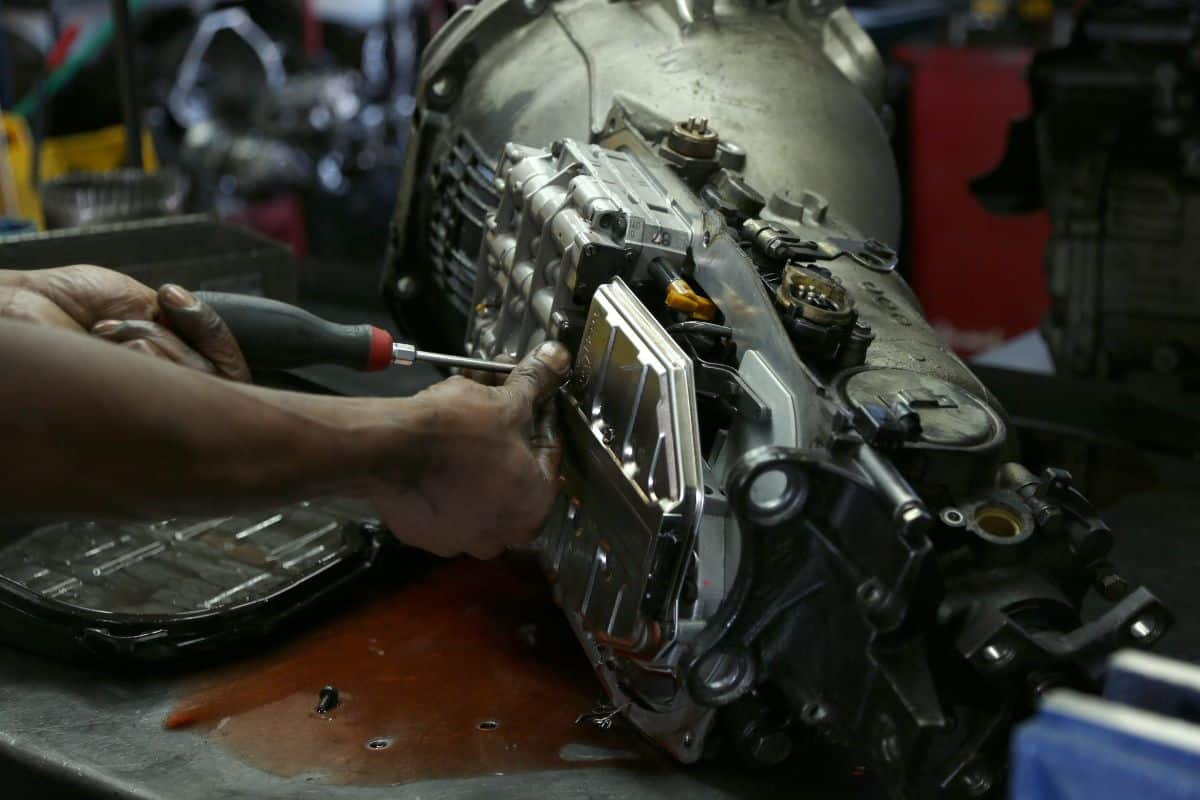
Final Thoughts
The transmission can be easily reset by leaving your battery disconnected for some time. Like many other parts of your vehicle, the battery and the transmission work together in keeping the vehicle powered and moving.
Transmissions are built to last, but the range of how long they will be functional will greatly vary from model to model. Drive safe!
We hope this post answered all of your questions. For more helpful information, we suggest reading the following automotive posts:
Can Transmission Fluid Get Low Without A Leak? [6 Points To Check]
Car Horn Not Working After Battery Change – What Could Be Wrong?

